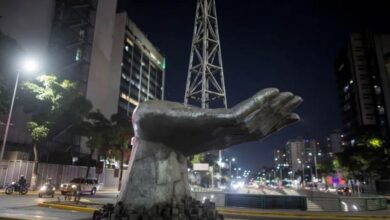Colombia: aiming to protect its biodiversity
The South American country declared more than 28 million hectares as protected areas

Leer en Español: Colombia: en camino a la protección de su biodiversidad
Colombia is the second most biodiverse country on the planet, just after Brazil. According to the Biodiversity Information System and the Global Biodiversity Information Facility, within said country there lives around 56,343 different species, including 492 mammal, 1,921 birds, 3,274 butterflies, 22,840 flowers, 2,000 sea fish, 1,435 freshwater fish, 7,000 beetles, among others.
According to the Humboldt Institute, during the last decades, Colombia lost 18% of its biodiversity due to invasive species, climate change, drug trafficking, cocaine crops, deforestation, and illegal mining, among other reasons.
This is why it is important for the world that Colombia protects its species and habitats. The South American country is a key player in the preservation of the environment and biodiversity worldwide. Part of the Amazon forest is also located in Colombia, which means that the country is one of the main guardians of the planet’s lung.
Despite the intentions of the Government of mining and exploiting natural resources as source of wealth, the Environmental Ministry is working to protect the moors and the natural parks. The Minister of Environment and Sustainable Development of Colombia, Luis Gilberto Murillo, announced that the region of Cabo Manglares in Tumaco (South-West of Colombia) is a new protected area.
According to the Natural National Parks, Cabo Manglares is one of the 25 Endangered Terrestrial Ecoregions with the most biological diversity in the world. The area feeds and protects many birds, trees, forests, beaches, turtles, and many other species.
By November 2017, the country will have 28,408, 983 hectares of protected areas. This means that the local and National governments will protect the flora and fauna of the country.
Carolina Jarro, the director of the Colombian National Parks (PNN), stated to a well known local newspaper that defining these areas represents “the efforts to implement the commitments that Colombia acquired in the Biological Diversity Convention”.
The leader of the agency assured to the local media that the creations of the areas are the “best and cheapest way to fight against climate change. They not only help capture CO2, but also reduce the vulnerability of the species”.
According to the international convention, 10% of the marine and coastal areas of all the country members have to be preserved by a declaration of protected areas. Jarro explained to the media that Colombia is protecting 1% of it.
Last September, the National Government already declared 4.5 million hectares as protected areas in the Bahía Málaga (South-West). The Yuruparí National District will develop an area of 2.7 million hectares for sustainable fishing and 1.8 million for the Flora and Fauna Sanctuary in Malpelo (an island located in the Colombian Pacific) to protect the marine diversity of the region.
The Malpelo Sanctuary is cataloged as a mankind’s Natural Heritage by the UNESCO and is considered as an Important Bird Conservation Area (AICA). According to the Biological Diversity Convention signed in Aichi, Japan, all the country members must fulfill the previously established goals by 2020.
Latin American Post | Santiago Gómez Hernández
Copy edited by Susana Cicchetto





